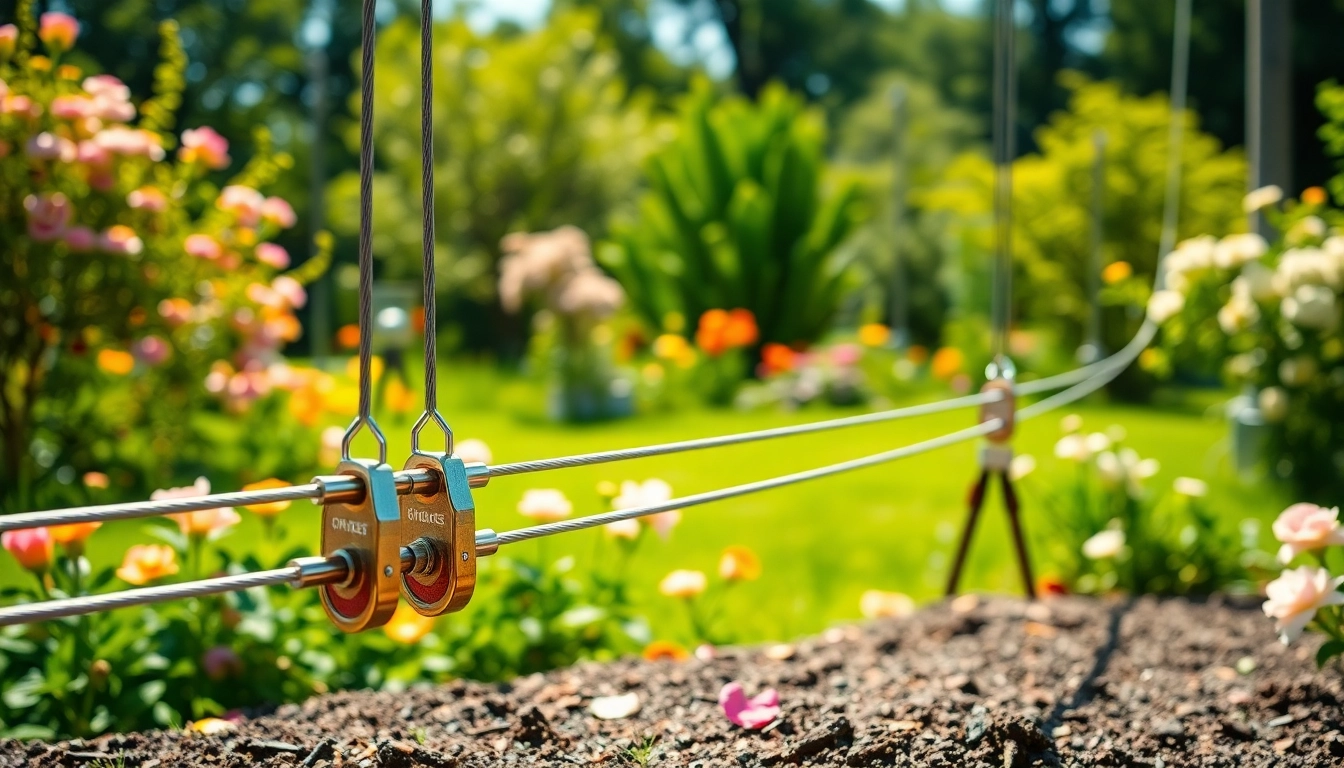
Understanding the Role of Communication in Relationships
Effective communication is often considered the backbone of healthy relationships. It serves not only as a bridge for sharing thoughts and feelings but also as a means to foster understanding and emotional intimacy. Whether it’s about daily interactions or resolving conflicts, being able to articulate one’s thoughts and emotions is crucial. To delve deeper into this vital aspect, we will explore the importance of open and honest communication, identify common barriers, and recognize different communication styles that affect relationships. If you are looking to improve your communication in relationships, understanding these elements is a fundamental step.
The Importance of Open and Honest Communication
At the heart of any connection is the capacity to communicate openly and honestly. This principle is not only about sharing information; it’s also about being transparent regarding one’s thoughts and feelings. Open communication nurtures trust and respect, allowing individuals to express their needs without fear of judgment or backlash. This creates a safe environment where both partners feel secure enough to share their vulnerabilities.
Moreover, honest dialogue reinforces empathy. When partners are willing to divulge their inner experiences, it encourages a deeper understanding of each other’s perspectives. Such exchanges promote emotional closeness and prevent misunderstandings from festering into larger issues.
Common Communication Barriers in Relationships
While the importance of effective communication is widely acknowledged, numerous barriers can hinder this process:
- Assumptions: Jumping to conclusions about what your partner is thinking can lead to misinterpretations and assumptions.
- Defensiveness: When individuals feel attacked or criticized, they may react defensively, closing off the lines of communication.
- Time Constraints: A hectic schedule can lead to rushed conversations, diminishing the quality of communication.
- Emotional Baggage: Past experiences can color current communication, leading to reactions that are disproportionate to the present circumstances.
Recognizing Different Communication Styles
Every individual has a distinct communication style influenced by personality, upbringing, and past experiences. Understanding your own style, as well as your partner’s, can significantly enhance interaction quality:
- Passive Communication: Involves avoiding expressing thoughts and feelings, often leading to unmet needs.
- Aggressive Communication: Characterized by expressing feelings in a way that may harm others, fostering resentment.
- Assertive Communication: This style balances honesty with respect, allowing for healthy dialogues.
- Passive-Aggressive Communication: Displays indirect hostility, often making the recipient confused about the underlying issue.
Identifying these styles in oneself and one’s partner can facilitate better interactions, encouraging both parties to practice understanding and adapt where necessary.
Key Techniques to Improve Communication in Relationships
Having established the background and significance of communication, let’s explore specific techniques that can enhance dialogue in relationships. These strategies are actionable and can lead to immediate improvements in how partners interact with each other.
Active Listening: A Foundation of Healthy Dialogue
Active listening goes beyond merely hearing the words spoken. It involves engaging with the speaker both verbally and non-verbally to show that you are genuinely interested in understanding the message. This technique includes:
- Maintaining eye contact to demonstrate attentiveness.
- Nodding or using verbal affirmations like “I see” or “go on,” encouraging the speaker to continue.
- Reflecting back what you’ve heard to ensure clarity, reinforcing that you understand their message.
Employing active listening can significantly reduce misunderstandings and strengthen the emotional connection between partners.
Using “I” Statements to Express Feelings
Another powerful technique in communication is the use of “I” statements. By framing feelings in this way, partners can express emotions without implying blame. Instead of saying “You never listen,” which may trigger defensiveness, say “I feel unheard when you don’t respond,” which encourages a more constructive conversation. This method fosters an atmosphere of respect and understanding, as it focuses on personal feelings rather than accusations.
Maintaining Respectful Tone and Body Language
The manner in which something is said often weighs as heavily as the content itself. A respectful tone and positive body language can drastically affect the outcome of a conversation. Key strategies include:
- Keeping a calm tone to avoid escalating tensions.
- Adopting an open posture that invites dialogue, avoiding crossed arms or other defensive gestures.
- Matching your facial expressions with the sentiment of your message to convey sincerity.
Collectively, these practices nurture a respectful communication environment, which is essential for productive discussions.
Conflict Resolution: Navigating Tough Conversations
Conflict is an inevitable aspect of any relationship, but how it’s managed can determine the health and longevity of the bond. Effective conflict resolution skills are crucial for navigating challenges without damaging the relationship.
Approaching Conflicts with a Problem-Solving Mindset
When a disagreement arises, it’s critical to approach the situation as a team working together to find a solution, rather than as adversaries. Reframing the conflict as a shared problem facilitates collaboration and reduces hostility. Utilize questions like, “How can we solve this together?” to redirect focus toward resolution.
Effective De-escalation Techniques
During heightened emotional exchanges, utilize de-escalation techniques to bring the temperature down:
- Take a break: If the discussion becomes too heated, agree to pause the conversation until tensions cool.
- Practice empathy: Acknowledge your partner’s feelings, even if you don’t agree, to validate their emotional experience.
- Stay focused on the issue: Avoid bringing up unrelated grievances that can complicate the matter.
These strategies can significantly aid in preventing conflicts from spiraling out of control.
When to Seek Professional Help
Sometimes, despite best efforts, couples may find themselves struggling to communicate effectively or resolve conflicts. In these instances, seeking help from a therapist can provide valuable tools and a fresh perspective. Professional guidance can help uncover underlying issues that contribute to communication breakdowns and assist partners in developing healthier interaction patterns.
Long-Term Strategies for Sustaining Communication in Relationships
Long-term success in communication requires continual effort and practice. It is crucial for couples to foster habits that will sustain open lines of dialogue over the years.
Regular Check-ins: Keeping the Channels Open
Scheduling regular “check-ins” can provide a structured opportunity to share feelings, discuss tensions, or celebrate achievements. These meetings help ensure that both partners remain attuned to each other’s needs and concerns. A simple weekly review can prevent small misunderstandings from fester, maintaining emotional closeness.
Creating Safe Spaces for Vulnerability
Creating an environment where both partners feel safe to be vulnerable is essential for deep communication. This involves active reassurance that it is okay to share difficult feelings or thoughts without fear of judgment. Reiterating commitment and support fosters a bond that encourages genuine interaction.
Practicing Empathy and Patience
Empathy involves trying to understand the emotions and experiences of your partner. Demonstrating empathy requires active effort and may be challenging during conflicts. However, consistent practice can enrich emotional intimacy and understanding in the relationship. Likewise, cultivating patience allows each partner to express themselves fully without the urgency to respond immediately, which can often lead to poor communication outcomes.
Real-Life Examples of Successful Communication in Relationships
Understanding theoretical frameworks and techniques may not be enough. Real-life examples and case studies can provide tangible insights into how effective communication plays out in various situations.
Case Studies: Couples Overcoming Toxic Communication Patterns
Numerous couples have successfully transformed their relationships by addressing toxic communication habits. For instance, a couple once engaged in frequent yelling during arguments. After recognizing this pattern, they decided to implement a “time-out” rule to cool off before resuming discussions. This change led to more constructive exchanges, reduced emotional overload, and a more respectful dialogue.
How Cultural Differences Impact Relationship Communication
Cultural backgrounds significantly influence communication styles and expectations. For example, partners from collectivist cultures may prioritize group harmony over personal expression, whereas those from individualist backgrounds might encourage assertive self-expression. Respectful exploration of these differences can lead to deeper insights and appreciation for each other’s perspectives, ultimately enriching the relationship.
Lessons Learned from Relationship Experts
Expert insights consistently emphasize the importance of adaptability in communication styles and the need for ongoing education regarding effective communication techniques. Engaging in mutual learning through workshops, reading materials, or counseling can equip couples with tools necessary for continuous improvement in their communication journeys.








